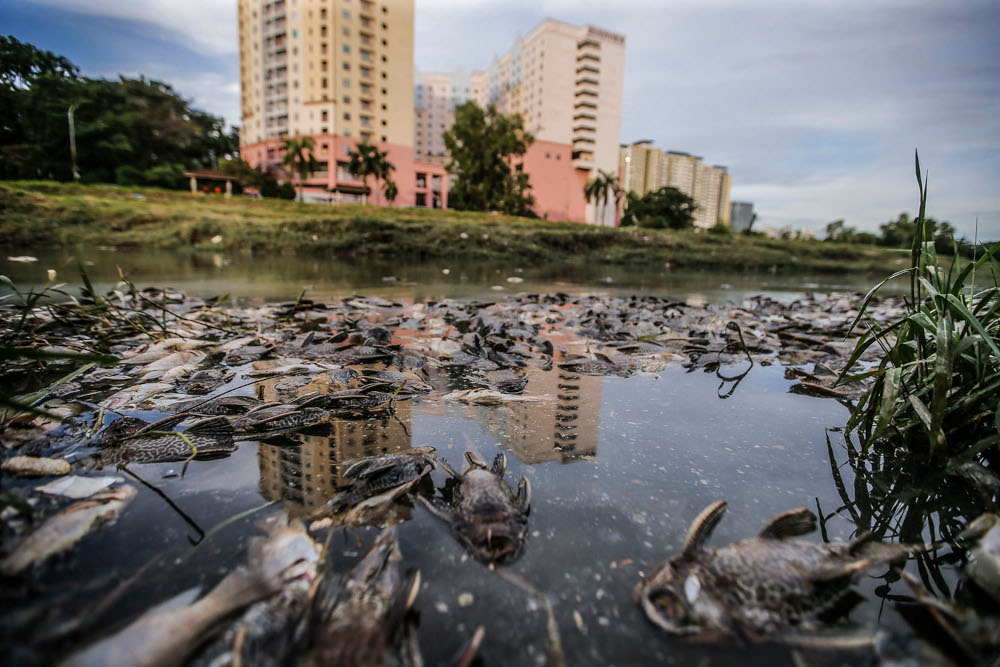KUALA LUMPUR, June 24 — The Selangor Department of Environment has managed to trace the potential sources of the pollution in Sungai Damansara which led to the deaths of hundreds of fishes yesterday.
Its director Nor Aziah Jaafar said the tracing efforts within a 10-km radius from where the fishes were found highlighted several possible sources.
“These involve several food and beverages factories, commercial centres, storm water releases from residential areas, and public sewage treatment plants,” she said in a statement.

During the course of the investigation, two treatment plants were examined and six treated sewage discharges were collected and sent to the Malaysia Department of Chemistry for chemical analysis.
“This is to determine if the treated sewage discharges meet the standards of the Environmental Quality (Industrial Effluents) Regulations 2009, under the Environmental Quality Act 1974.

“An in-situ analysis at Sungai Kayu Ara near the log boom has also determined the water was slightly bubbly with a dissolved oxygen reading of 4.5 milligram per litre. Through routine monitoring, the department conducts river water quality sampling at five different locations along Sungai Damansara,” Nor Aziah said.
Based on the readings from the five locations as of last month, she said the river is classified under Class II and Class II of the National River Water Quality Standard.
The department also revealed that the dead fishes found were primarily of the suckermouth catfish (also known as “ikan bandaraya” in colloquial Malay) and Mozambique tilapia (“tilapia hitam”) species, along five kilometres of the river.

“The department is still continuing its investigations to identify the fishes’ cause of death. Members of the public with additional information are advised to step forward to facilitate the investigation.
“I also wish to remind the public that the department is ready to take strict action and will not compromise with criminals acting against the environment,” Nor Aziah.
The sight of the dead fishes along the banks of Sungai Damansara went viral yesterday morning shortly after it was discovered, raising concerns that the river may have been polluted by industrial or commercial effluent.



















